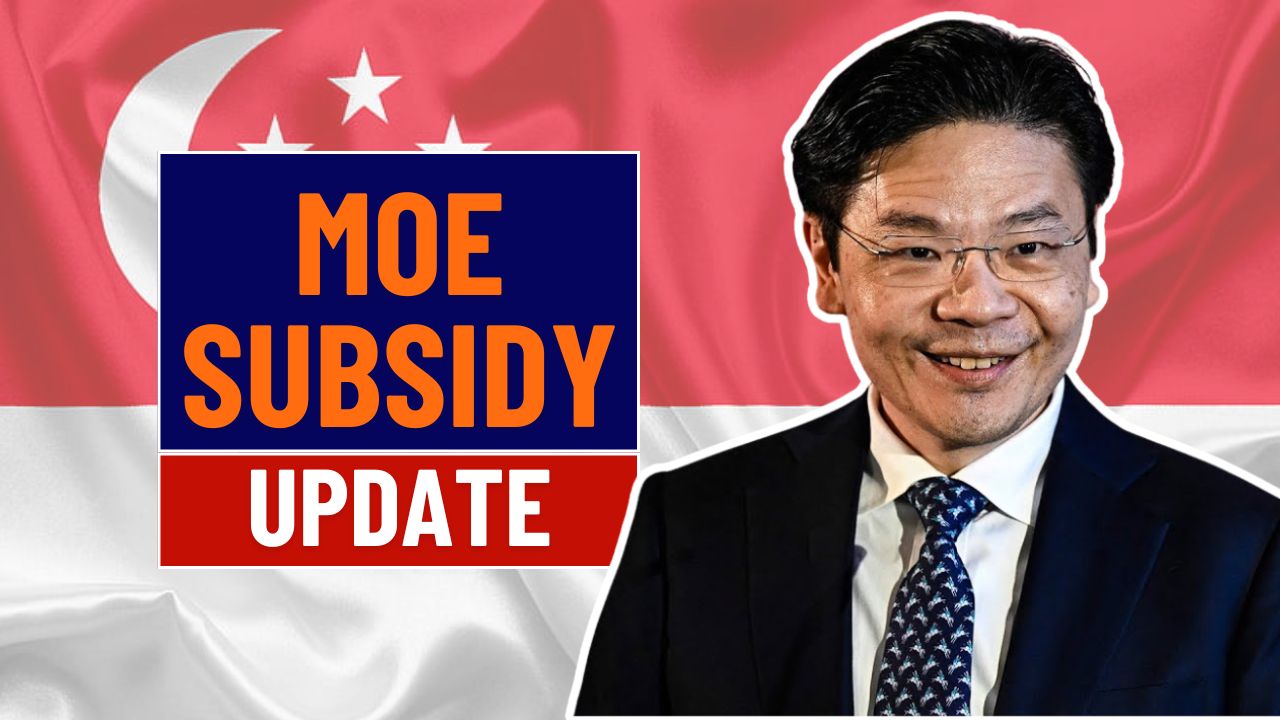In a major policy move, the Ministry of Education (MOE) in Singapore has unveiled a redesigned subsidy structure for the 2025 academic year, set to begin in January. The initiative, introduced in May 2025, reflects the government’s strategic efforts to enhance affordability while sustaining high educational standards. Covering a broad spectrum of expenses ranging from tuition and miscellaneous fees to co-curricular enrichment programs the new framework signals a progressive shift in the nation’s educational policy.
Enhanced Benefits for Citizens and Permanent Residents Alike
The updated subsidy model delivers meaningful financial relief to both Singaporean citizens and Permanent Residents (PRs). Among the most impactful changes is the full waiver of monthly school fees for local students enrolled in government and government-aided primary schools. PR students also benefit, with reduced secondary school fees reflecting an effort to narrow the affordability gap between different resident categories. This recalibration considers inflation and evolving social needs, affecting more than 90,000 families across the nation.
Significant Changes in Fee Structures from 2024 to 2025
The new financial support measures reshape various fee components. In comparison to 2024, the 2025 model brings full fee exemption for primary school citizens, reduced rates for PR secondary students, and complete waivers of miscellaneous fees for families qualifying under Tier 1. Additionally, enrichment programs will now be more widely subsidized, with expanded eligibility ensuring broader access. These refinements underscore a commitment to building an education system that reflects fairness and forward-looking policies.
Easing the Financial Load for Low-Income Families
Low-income households stand to gain considerably under the revised scheme. Parents who qualify for the Financial Assistance Scheme (FAS) will enjoy comprehensive support, including free textbooks, uniforms, transport subsidies, and total waiver of miscellaneous charges. Importantly, the MOE has extended the FAS eligibility guidelines, allowing more families to access critical educational resources at no cost. These benefits aim to create a level playing field for students from all socio-economic backgrounds.
More Than Subsidie

While these changes bring immediate monetary relief, they also reflect a broader policy transition. MOE’s emphasis is increasingly on inclusive growth ensuring every child, regardless of family income, can fully participate in academic and co-curricular life. Funding has been increased at the school level to facilitate a smooth transition and uphold quality standards. The changes also encourage parental engagement, with schools tasked to communicate clearly about entitlements and administrative steps from Term 2 onward.
Application Procedures Streamlined Through Digital Channels
To take advantage of the updated subsidies, parents must submit relevant income documents through the MOE Central Application Portal. Priority is given to households with a monthly per capita income below $3,000. Applications will be reviewed on a quarterly basis, with rolling approvals introduced in 2025 to reduce waiting times and ensure prompt assistance. Schools will notify parents of application timelines and documentation requirements specific to each term.
Real-Time Access to Subsidy Status Introduced
In another step toward administrative transparency, MOE has launched a digital subsidy tracking system. This new feature allows parents to monitor the status of their applications and benefits in real time, reducing the uncertainty often associated with such processes. The system aims to provide better visibility and quicker response times, making it easier for families to plan ahead and manage educational expenses effectively.
A Progressive Leap Toward Educational Inclusivity
The 2025 subsidy reforms represent more than an economic intervention they reflect a long-term vision for an inclusive and resilient education system. With policies now oriented toward reducing financial barriers and encouraging equal participation, families across Singapore are better positioned to invest in their children’s educational future. As the new academic year unfolds, understanding and leveraging these subsidies will be crucial for households navigating the evolving education landscape.


